Mining Your Memories: 3 Forms of Memory Every Memoirist Must Know
Understanding how your memories work, and what to do with the less reliable ones, will help you with the meaning-making process.


Today’s post is by writer, speaker and coach Lisa Cooper Ellison.
Does Shaggy from Scooby Doo have an Adam’s apple? Answer quickly. Then survey three friends. Got a partner? Quiz them too.
While this might seem like a strange exercise, it has a direct impact on your memoir.
I recently asked my husband this question. His response: definitely. That’s what I said too! Apparently, millions of people share this memory. Except we’re all wrong. This collective misremembering is called the Mandela Effect. It’s why people swear there was once a cornucopia on the Fruit of the Loom logo or that Curious George had a tail.
This exercise reveals just how fickle, and at times inaccurate, our memories can be. Yet many memoirists begin with a goal of writing and owning their truth. A portion of these writers have been told what they observed, felt, or experienced wasn’t real. After a lifetime of gaslighting, they want to own their version of reality. If that’s you, let me be clear: if you’ve been hurt by others, your feelings are real. I’m certain you vividly remember both what happened and how you felt. Getting all that down is a start, but there’s more to do.
Memoir is a story not just of what you remember, but the sense you make from it. Understanding how your memories work, and what to do with the less reliable ones, will help you with the meaning-making process.
Memories begin as sensory input the brain flags as important.
This data is first stored in working memory so we can use it to complete daily tasks like keeping track of the time while cooking. If this data proves useful beyond the task or situation, it gets bumped to short-term memory for overnight processing where it will either be turned into long-term memories or scrapped. From the brain’s perspective, useful equals important to survival. That means threats, your first kiss, best orgasm, or greatest high will get priority over who shot Abe Lincoln. Events associated with strong emotions and things we rehearse throughout the day also take precedence. Much of the rest ends up in your brain’s circular file. Even long-term memories are periodically pruned to make room for new information.
Your age, mood, physical health, and whether you have a trauma history will impact which events you encode as memories, which details are retained, and which moments you recall. For example, if you’re sad, you’re more likely to remember other negative events, whereas if you’re in a great mood, the past you recall is likely to be peachy.
There are three types of long-term memories memoirists will need to mine: semantic, episodic, and procedural.
Semantic memory encompasses your general knowledge, including concepts, facts not associated with your life, vocabulary, and important dates, to name a few. It’s where you filed your answer about Shaggy’s Adam’s apple.
Episodic memories include specific events and experiences that make up your life, like your first visit to the ocean or all the rainy afternoons when you watched Scooby Doo. A portion of these memories will be flashbulb moments. According to Very Well Mind, flashbulb memories are “vivid memories about emotionally significant events.” They’re more likely to form when there’s a widespread crisis or public event, and they differ from trauma memories or flashbacks because, while they’re upsetting in the short term, recalling them years later will not make you anxious. Common flashbulb memories include where you were on 9/11 or when JFK was assassinated, or what you were doing when you learned of the first COVID-19 lockdown.
Procedural memory involves the skills you’ve learned. It’s sometimes called your muscle memory because the things stored there are so ingrained, they’re automatic, like driving a car or speaking your native language.
Memoirists often begin with episodic memories, so knowing how to evoke them is essential. But you’ll need the other two as you write and revise, so don’t discount them. Because memories are associative, the more you work to remember, the more you’ll uncover. Here are a few tips to get you started:
- Episodic memory: Engage your senses. Look at photographs, advertisements, magazine articles, and movies from the period you’re writing about. Eat foods associated with that era. Create a memoir soundtrack. If possible, visit locations where your memoir takes place, and don’t just look around, inhale the scent of the air. Run your hands along the walls and door frames. Listen to the hum of the furnace. Make a list of the memories these activities conjure.
- Semantic memory: List the general facts you remember from your memoir’s timeline, including popular games, toys, car models, clothing styles and slang; key world events; cultural zeitgeists and movements. Next, do a newspaper search and jot down headlines of interest. What memories do they trigger about the world? Do the same with any period documentaries. At this point, don’t worry about accuracy. Just see what you can remember.
- Procedural memory: While procedural memories might seem unimportant, it’s likely your actions mirror another character’s. Mindfulness can be a huge ally here, because it can help you turn the automatic into the conscious. To access your procedural memories, pay attention to how you walk, eat, drive, or sit. Doing these things slowly will help. Then record what you notice, and more importantly, where you may have learned it. For example, while driving, do you always put your hands on ten and two, or do you steer with one finger just like your father?
In your first draft, all you need to do is record what you remember about your most important moments. In later drafts, you’ll do research to clear up any inaccuracies and deepen the context around what matters. But what do you do when you encounter something you SWEAR happened one way, but didn’t? For example, are you forced to denounce your strongly held memory of Shaggy’s Adam’s apple?
Sometimes what you misremember is the story and your job is to call attention to it. But here’s what you can do if that’s not the case.
In his interview with Melanie Brooks for Writing Hard Stories, Andre Dubus III says, “‘We can’t make shit up.” But when it comes to inconsequential items, like the weather or the description of a cartoon character, he says, “We are allowed a small degree of poetic license.” He goes on to describe a pivotal scene from his memoir where “he’s standing staring at his fourteen-year-old self in the mirror after watching his younger brother get beat up, and he vows to never walk away from a fight again.” As he recalls the memory, he says, “I still see every bit of that afternoon, and I see it in a gray, April light.” While he admits he could verify this memory by Googling the weather on that day, he chooses not to and, instead, quotes Tobias Wolff: “Memory has its own story to tell.” Your job is to “trust your memory.” And in your earliest drafts, see where those memories take you.
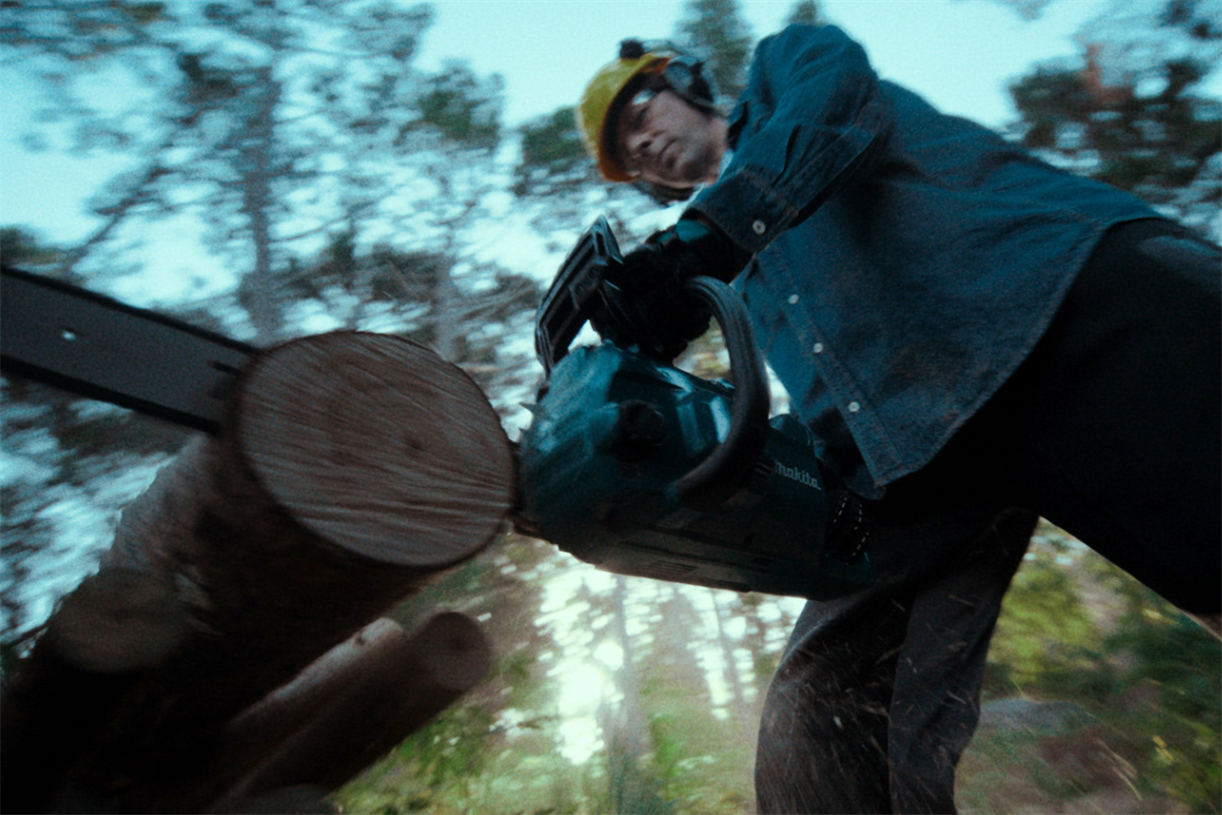

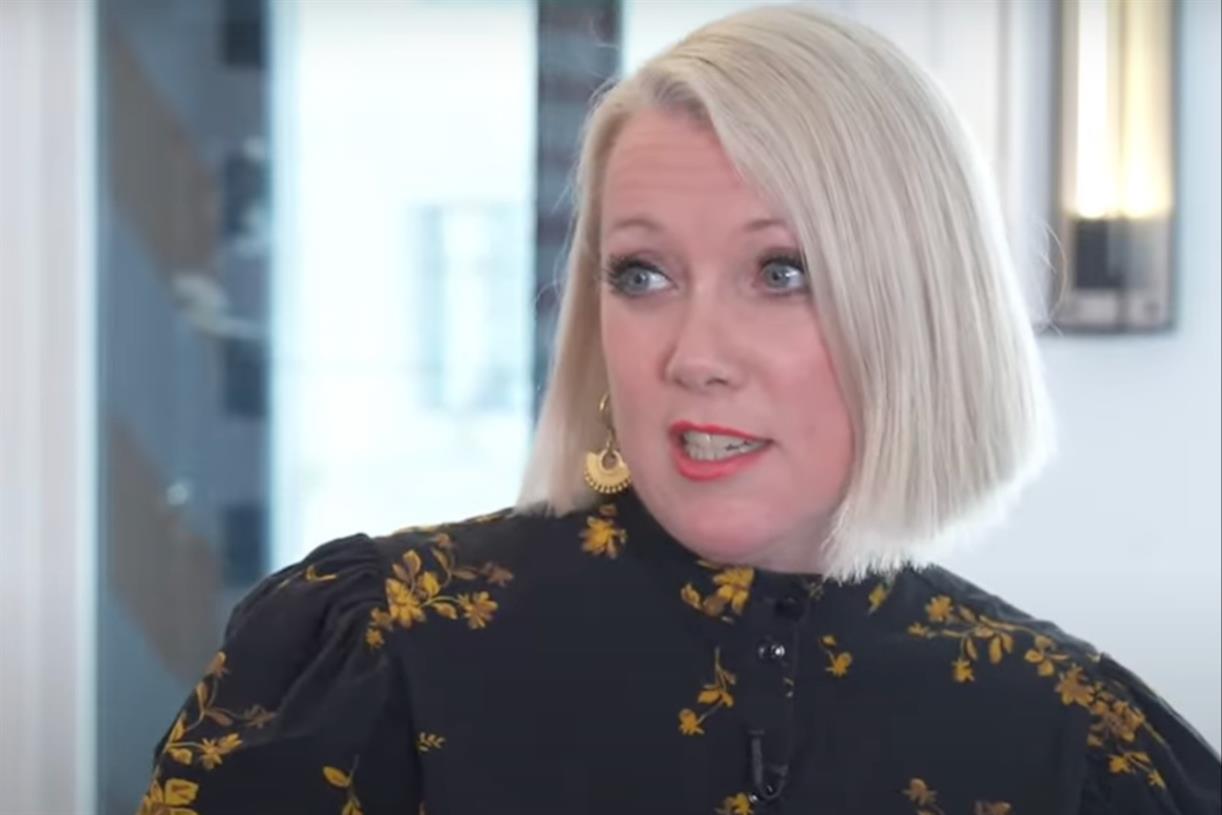



































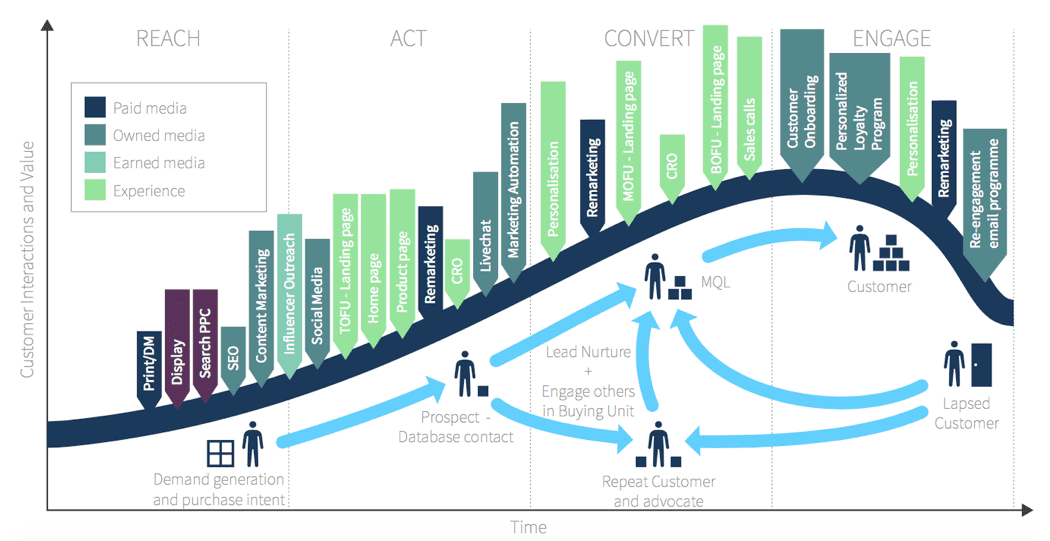
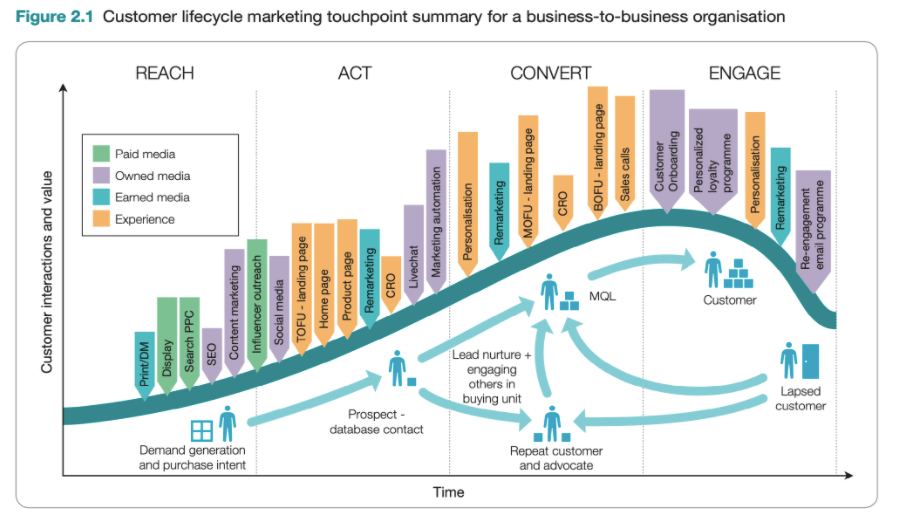
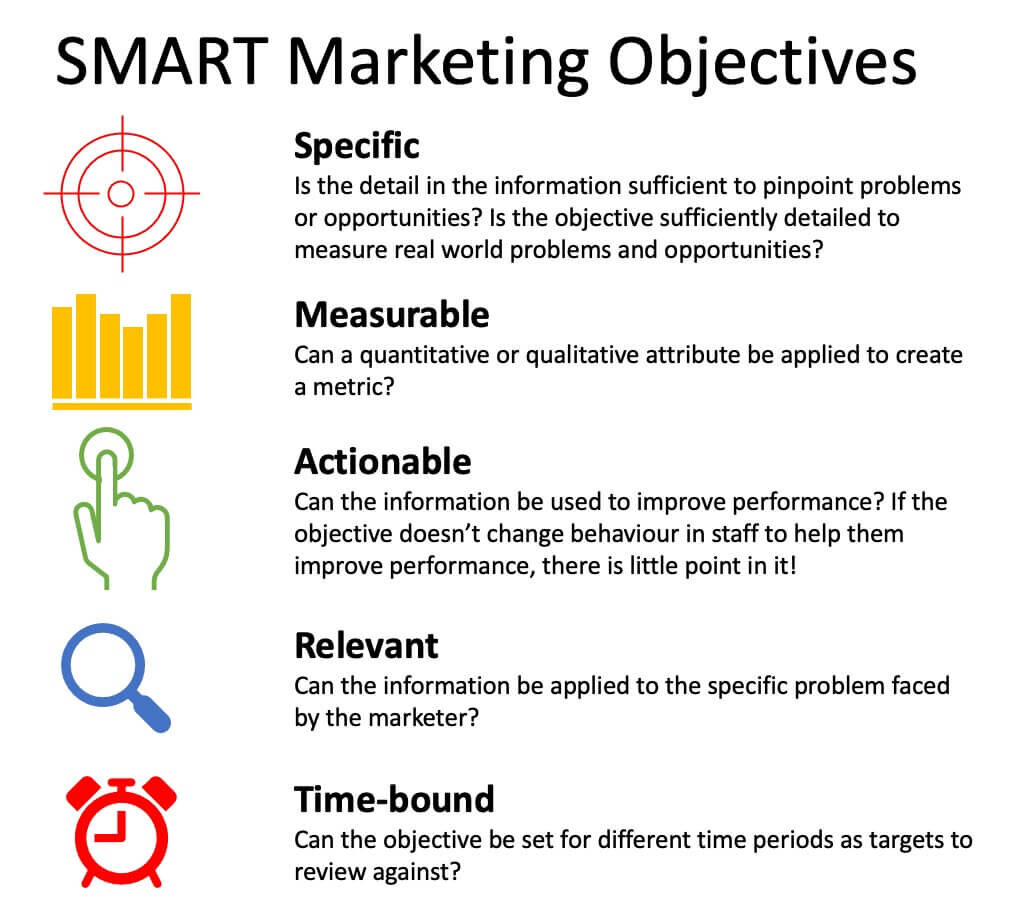
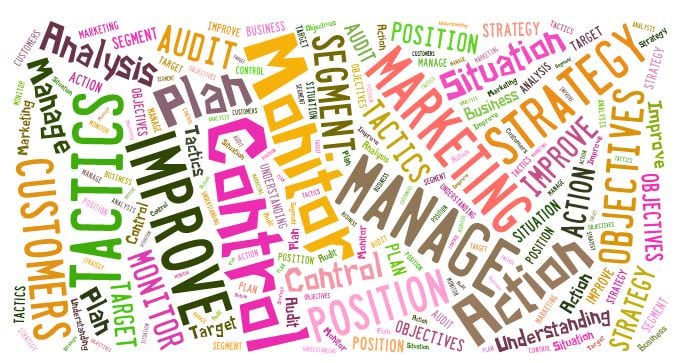








![How Marketers Are Using AI for Writing [Survey]](https://www.growandconvert.com/wp-content/uploads/2025/03/ai-for-writing-1024x682.jpg)














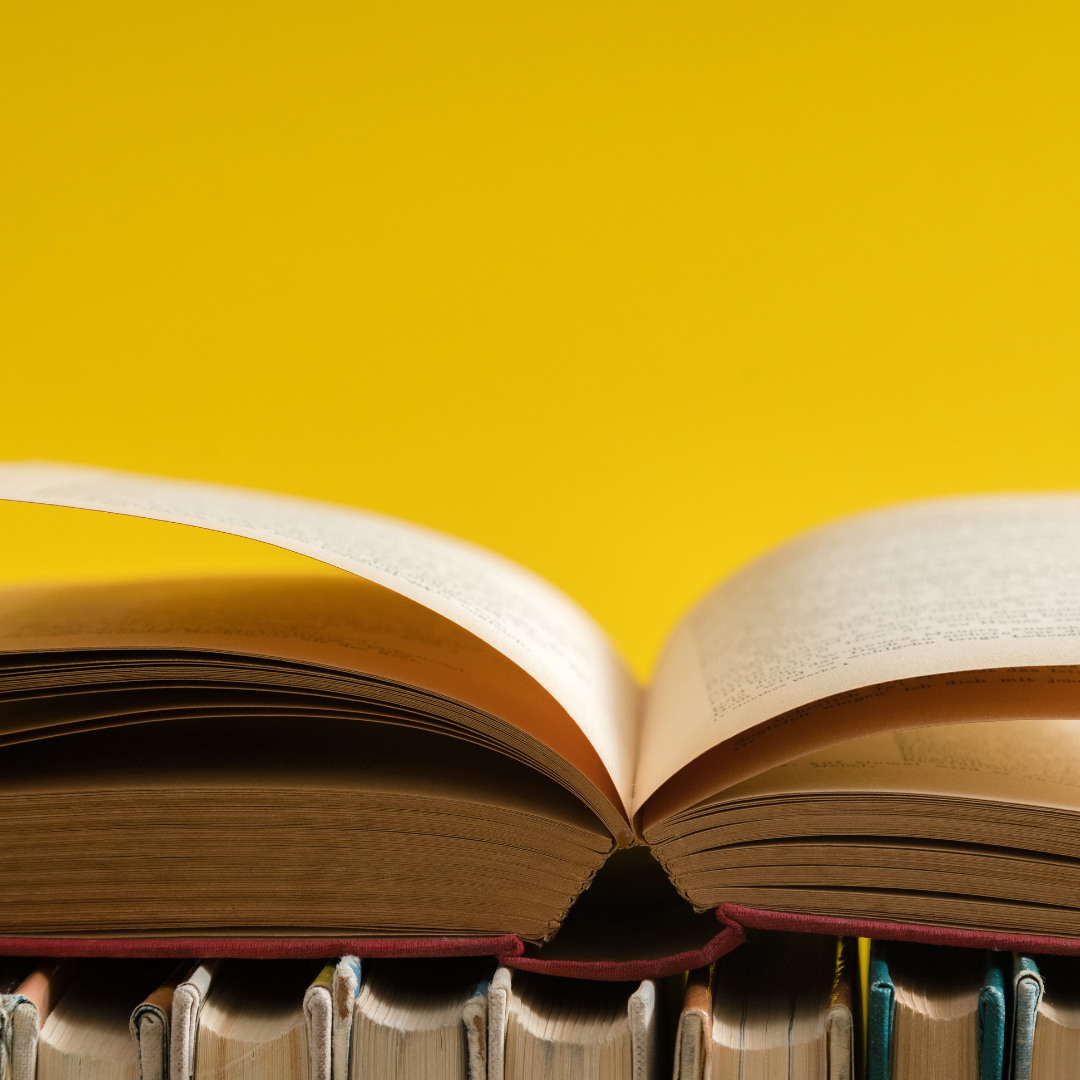

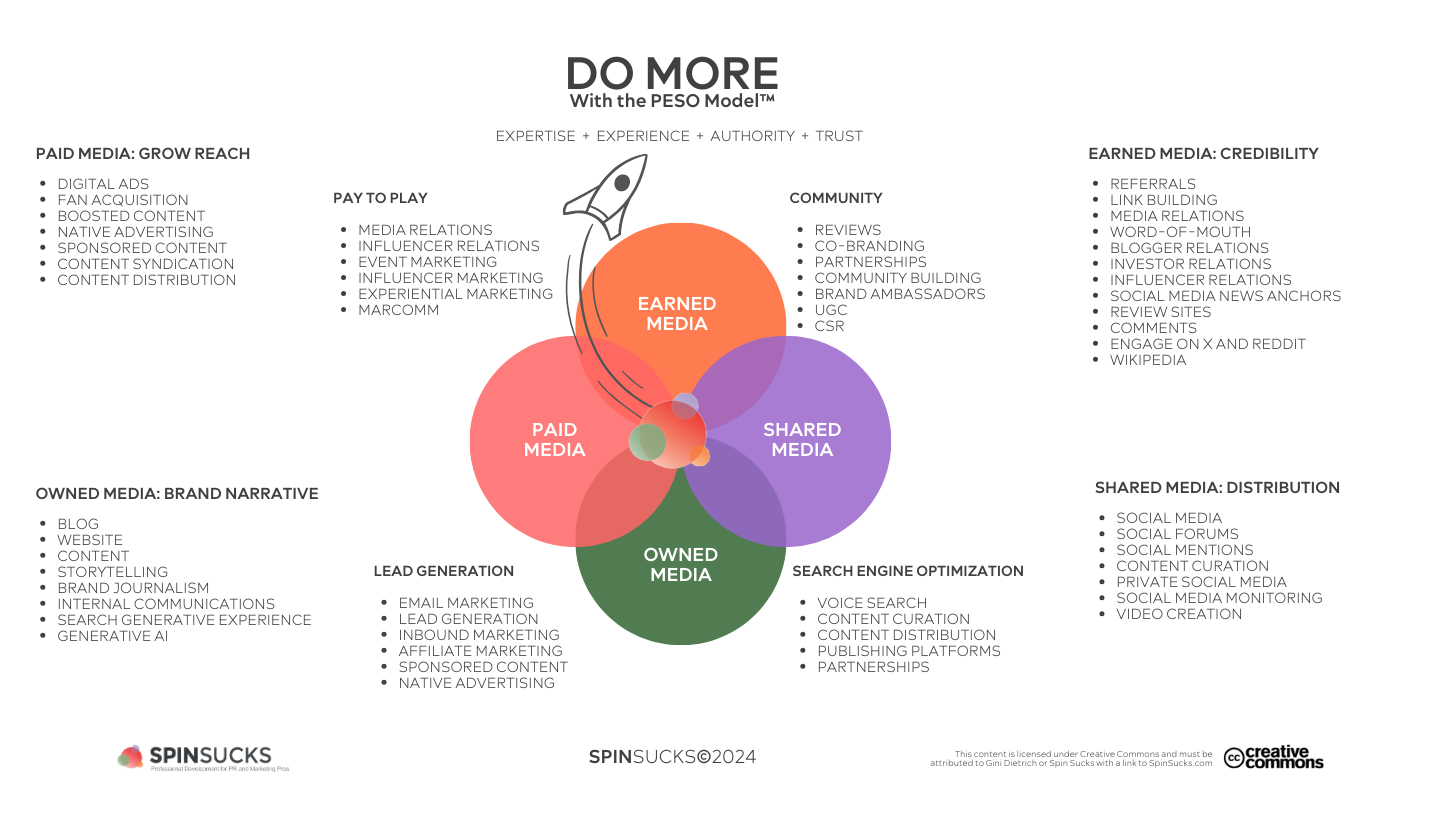
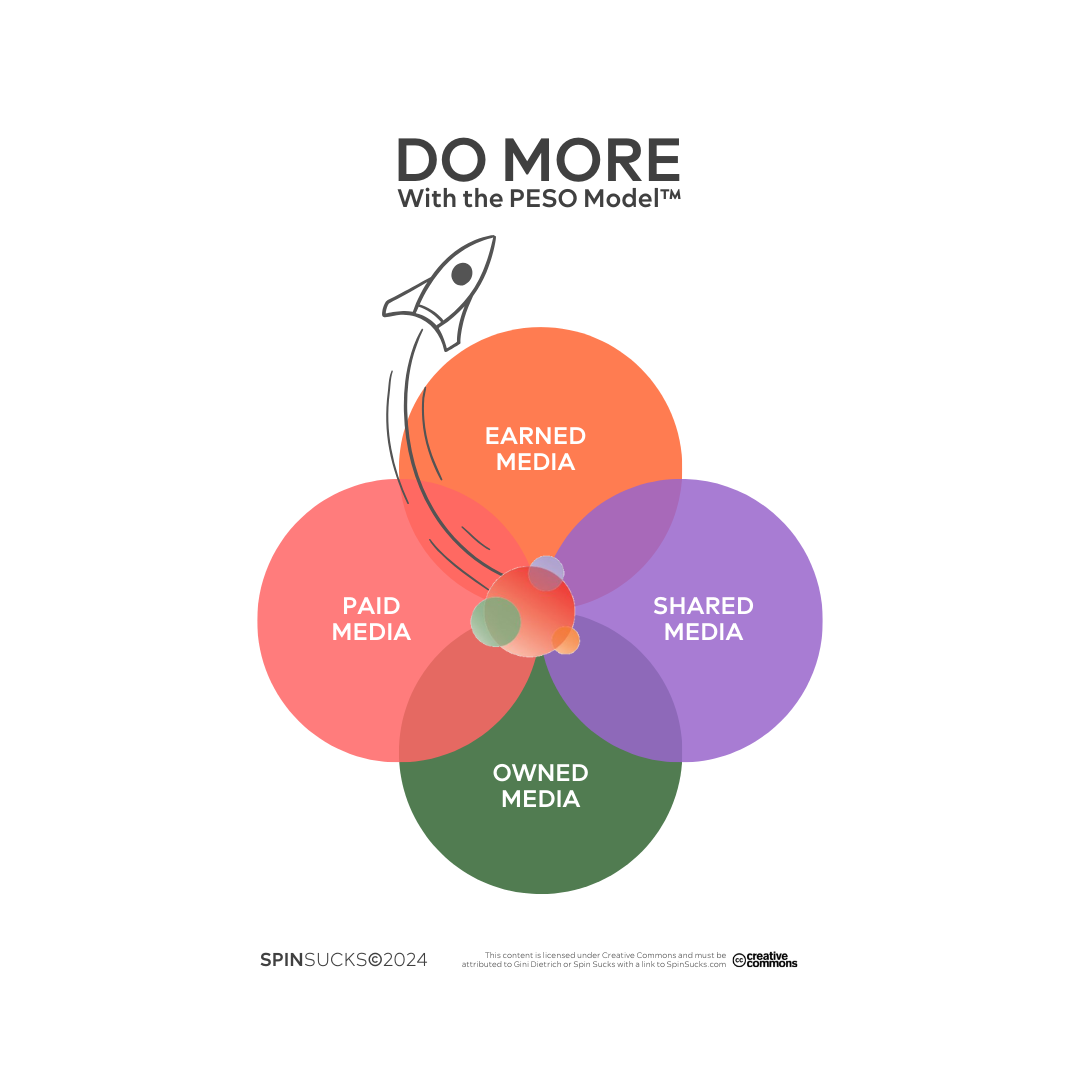




















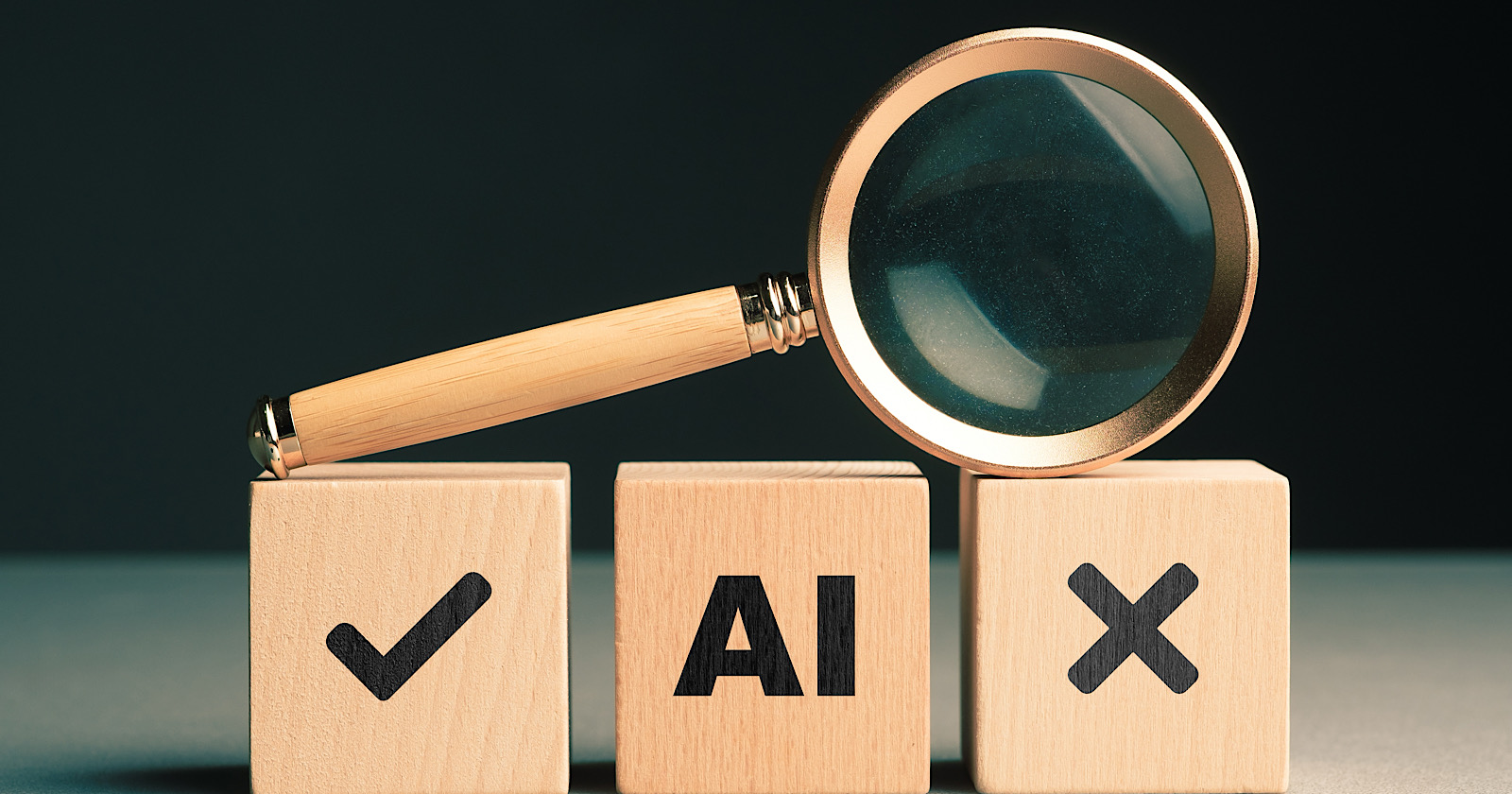





















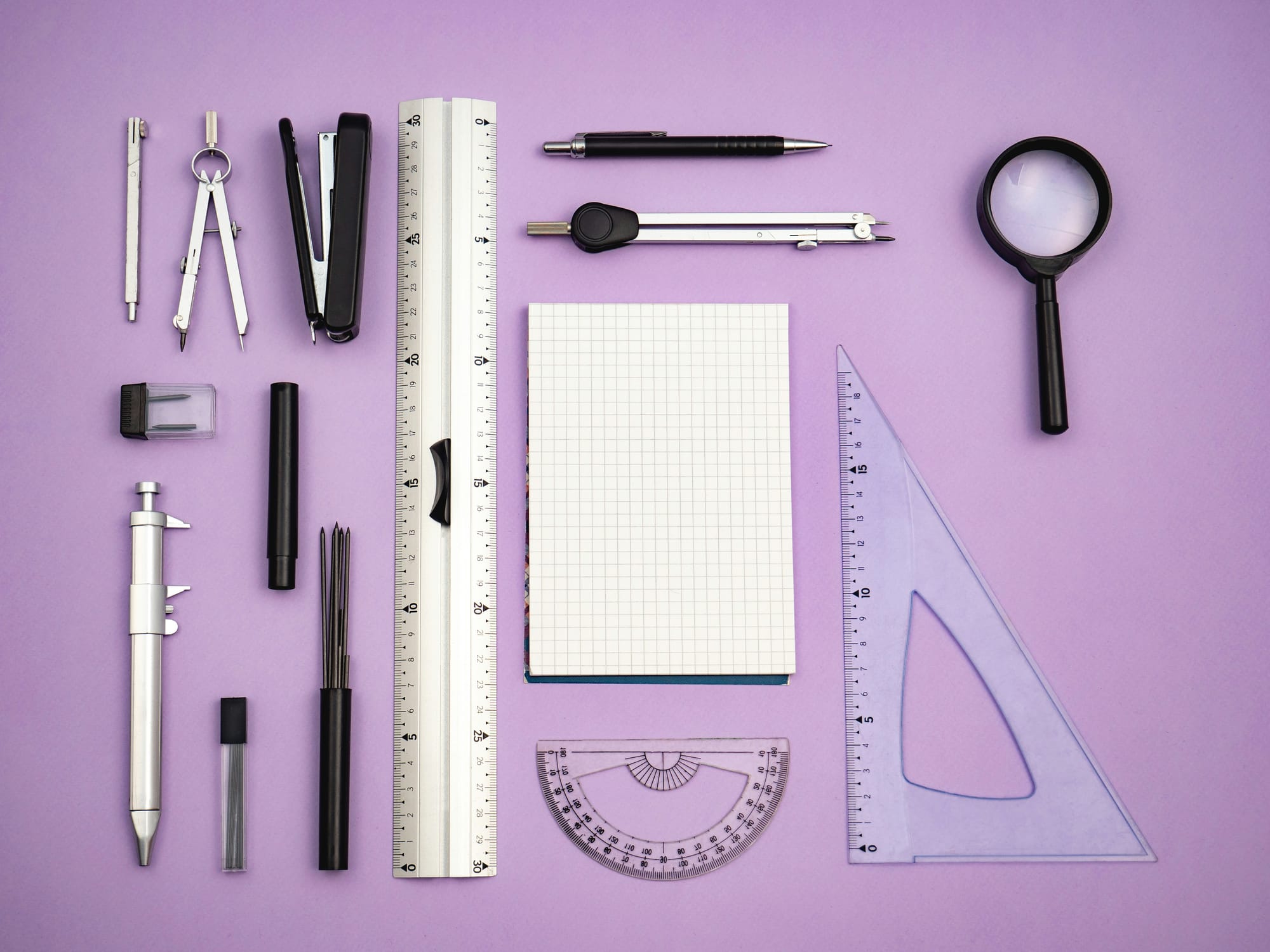








![311 Instagram caption ideas [plus free caption generator]](https://blog.hootsuite.com/wp-content/uploads/2022/07/instagram-captions-drive-engagement.png)
![Here’s Why Integrated Marketing Is So Effective [+ Best Practices]](https://www.hubspot.com/hubfs/Untitled%20design%20%2830%29%20%281%29.jpg)
![How TikTok, Canva, & Other Top Marketing Teams Outperform the Rest [New Data]](https://www.hubspot.com/hubfs/Featured%20Image%20Template%20Backgrounds-1.png)





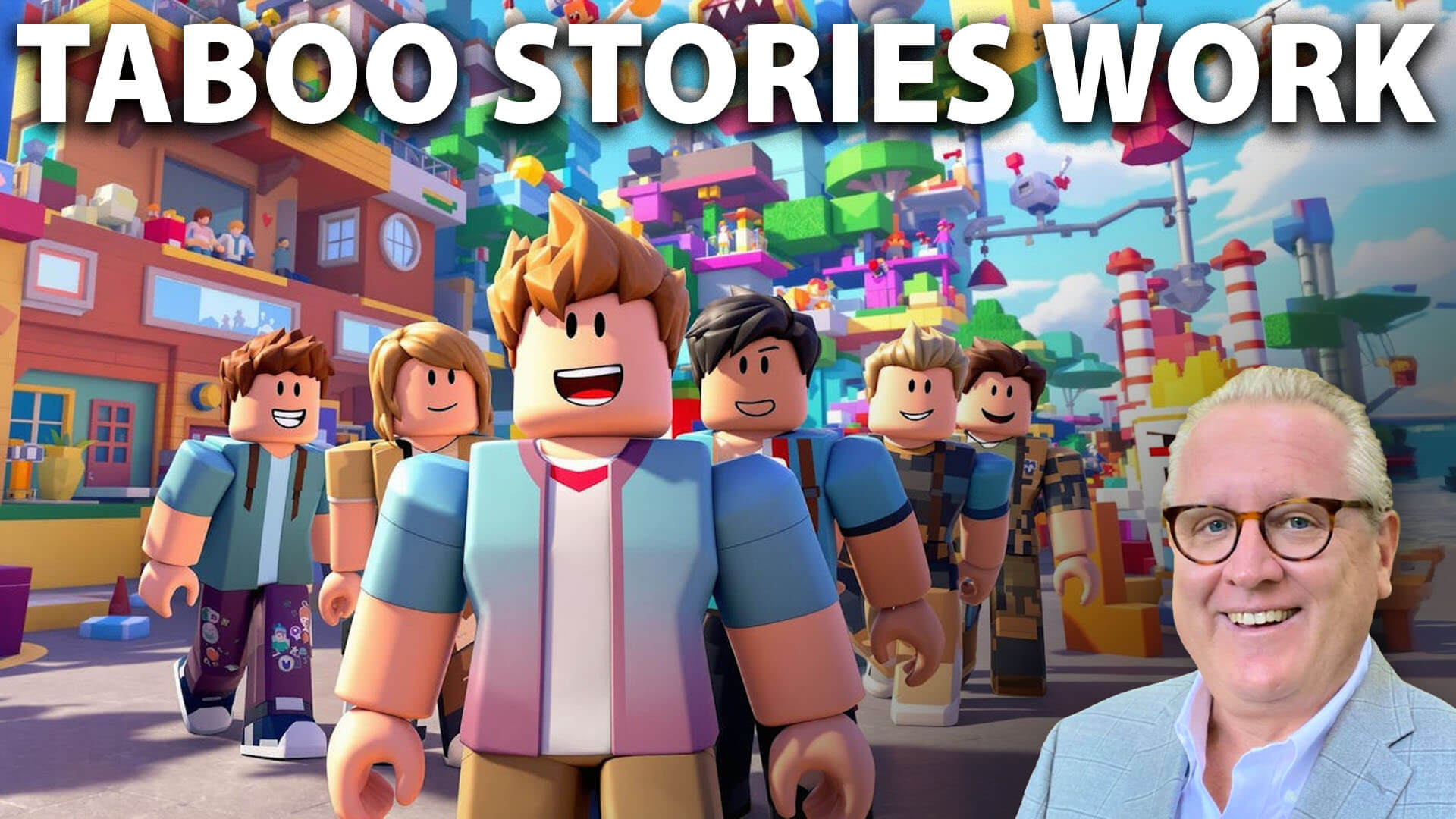

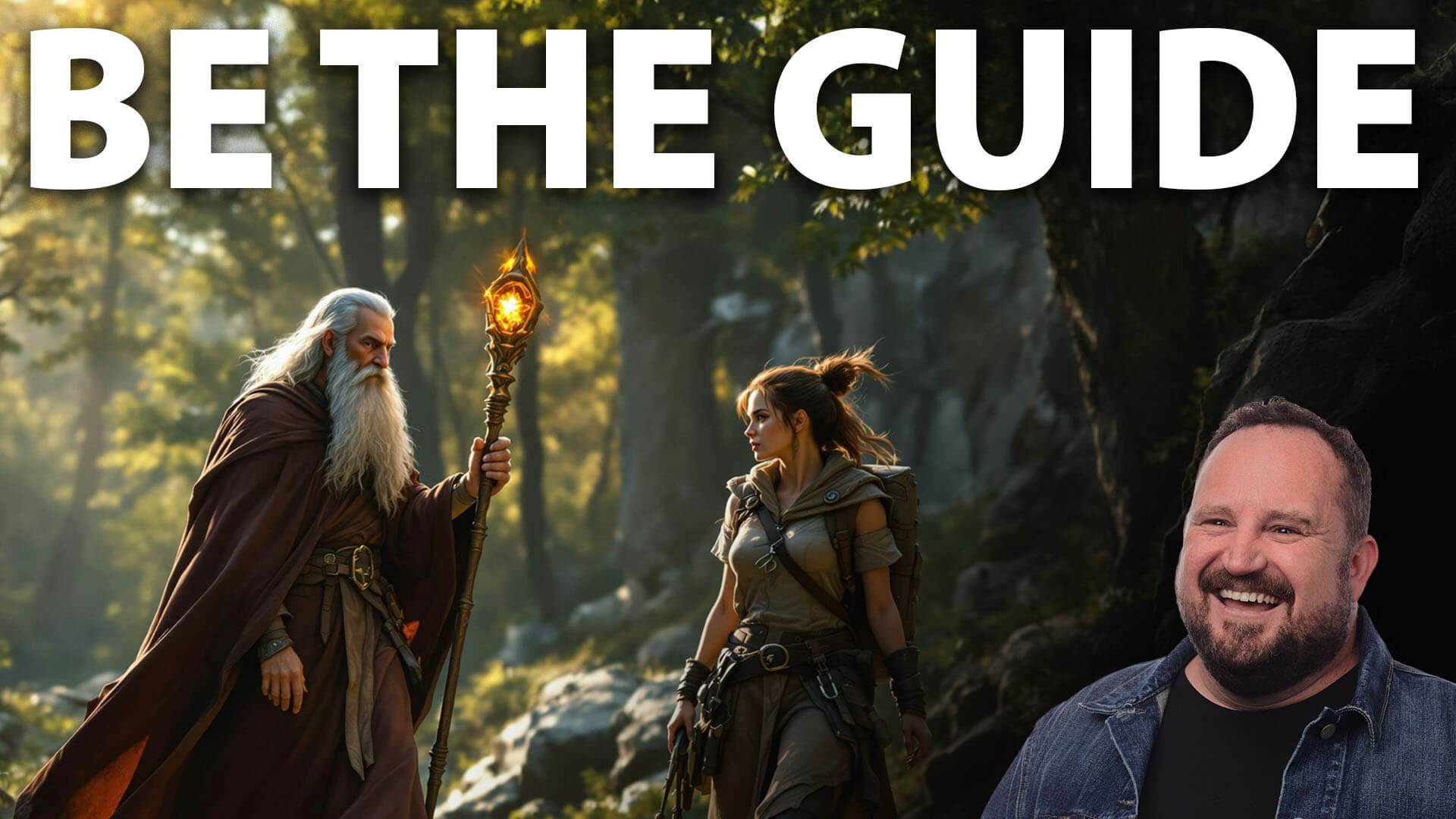










![Best times to post on Facebook in 2025 [Updated March 2025]](https://media.sproutsocial.com/uploads/2024/04/Best-times-to-post_2024_feat-img_fb.jpg)


